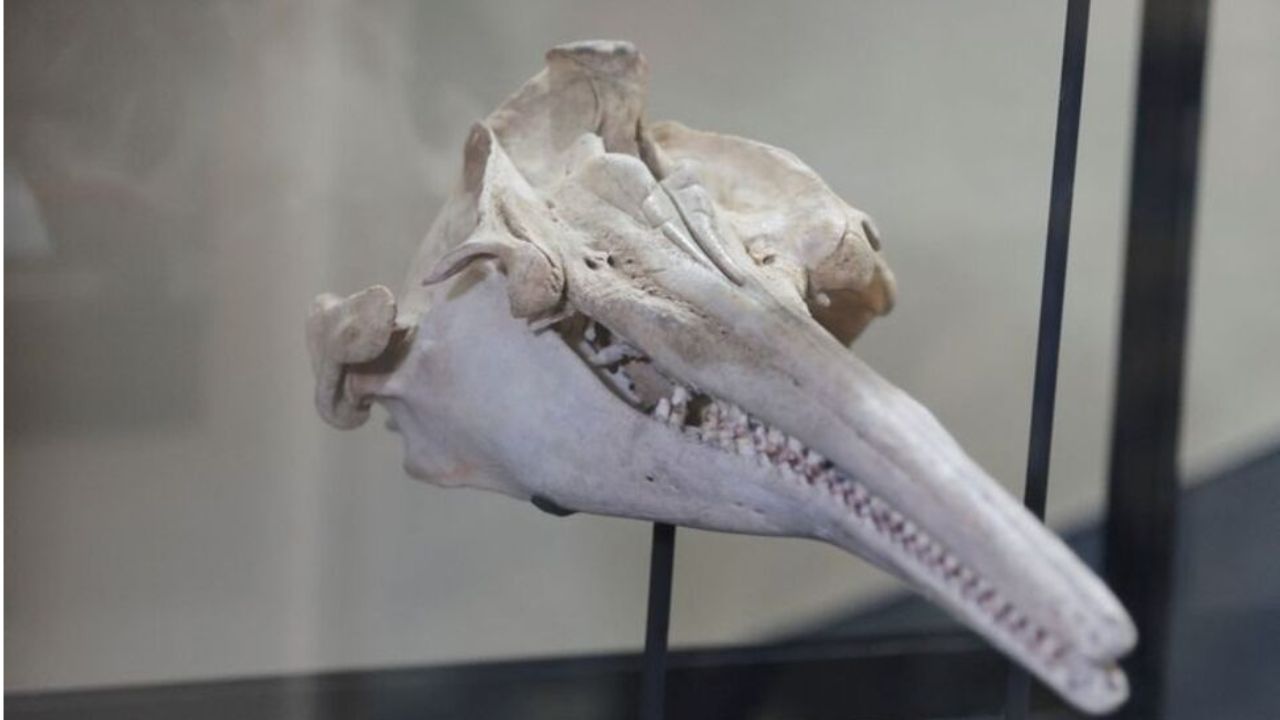A remarkable discovery (Dolphin Fossil) in Peru has unveiled a glimpse of the ancient Amazon River’s history—a 16 million-year-old fossil of the largest dolphin to have ever graced South American waters. Unearthed during an expedition supported by the National Geographic Society, this fossil offers insights into the rich biodiversity that once thrived in the region. The unveiling of this significant find at the Museum of Natural History in Lima, Peru, marks a momentous occasion in our understanding of prehistoric aquatic life.
Ancient River Dolphin Fossil
Paleontologist Rodolfo Salas led the study, showcasing the fossil skull found in Peru, which belonged to a river dolphin known as Pebanista yacuruna. Named after the mythical Yacuruna beings of Peruvian lore, these ancient dolphins measured an impressive 3 to 3.5 meters in length, dwarfing their modern-day relatives in Asia, particularly the South Asian river dolphin found in India’s Ganges River.
Salas noted the evolutionary link between these ancient river dolphins and their modern counterparts in India, highlighting their shared ancestry from ocean-dwelling ancestors. This shared lineage allowed them to thrive in both marine and freshwater environments, establishing populations along the coasts of India and South America. However, while the dolphins faced extinction in the Amazon, their survival in the Ganges River showcases the complex interplay between environmental factors and species resilience over time.
The fossil’s discovery during the 2018 expedition along the Napo River adds another layer to the ongoing exploration of the Amazon’s natural history. This region, teeming with unique biodiversity, has long captivated scientists seeking to unravel its ancient secrets.
Read Next:
National Pi Day Blitz on 14 March: Louisville’s Hottest Deals and Educational Thrills
As we are amazed by the unveiling of this ancient river dolphin fossil in Peru, we are reminded of the Amazon’s profound ecological heritage and the ongoing efforts to preserve its modern-day wonders, such as the iconic Amazon river dolphin. This discovery not only expands our knowledge of prehistoric aquatic life but also underscores the importance of continued scientific exploration and conservation in safeguarding our planet’s natural treasures for generations to come.
